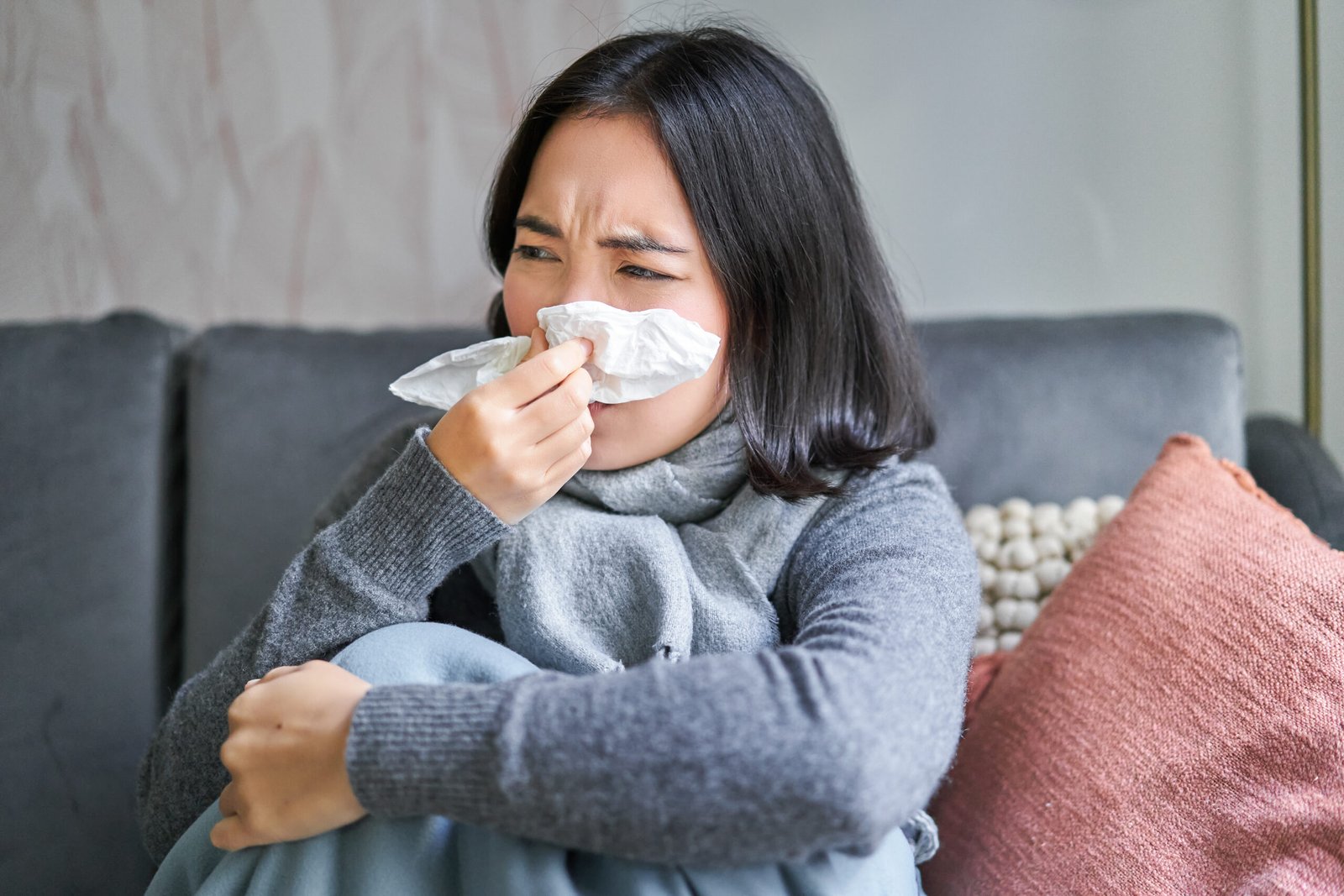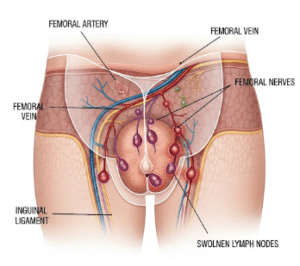Overview
Seasonal flu, or influenza, is a contagious respiratory illness caused by influenza viruses that circulate worldwide annually, especially in colder months. In Korea, seasonal flu affects millions every year and can lead to significant health complications, particularly in vulnerable populations such as the elderly, young children, and those with chronic illnesses.
What is Seasonal Flu (Influenza)?
Influenza is caused by influenza viruses, primarily types A and B, which infect the nose, throat, and sometimes the lungs. The virus spreads easily through droplets from coughing, sneezing, or talking. The flu can range from mild illness to severe respiratory disease, occasionally resulting in hospitalization or death.
Symptoms
Typical symptoms of seasonal flu include:
- Sudden onset of fever
- Chills and sweats
- Cough and sore throat
- Runny or stuffy nose
- Muscle or body aches
- Headaches
- Fatigue and weakness
- Sometimes vomiting and diarrhea, especially in children
Causes
- Infection by influenza viruses transmitted via respiratory droplets
- Contact with contaminated surfaces followed by touching mouth, nose, or eyes
Risk Factors
- Age under 5 or over 65 years
- Chronic medical conditions (e.g., asthma, diabetes, heart disease)
- Weakened immune system
- Pregnancy
- Healthcare workers or caregivers
- Crowded living conditions
Complications
- Pneumonia (viral or bacterial)
- Bronchitis or sinus infections
- Worsening of chronic health conditions
- Hospitalization and death, especially in high-risk groups
Prevention
- Annual influenza vaccination recommended for everyone over 6 months of age
- Frequent hand washing and respiratory hygiene
- Avoiding close contact with sick individuals
- Wearing masks during flu season
- Staying home when ill to prevent spread
Treatment Options in Korea
Korea provides comprehensive influenza prevention and care with strong public health infrastructure.
- Vaccination
- Seasonal flu vaccines updated annually are widely available
- Vaccination campaigns run nationwide, especially targeting high-risk groups
- Vaccines are available at hospitals, clinics, public health centers, and pharmacies
- Diagnosis
- Clinical assessment based on symptoms during flu season
- Rapid influenza diagnostic tests (RIDTs) available in many clinics
- Medical Treatment
- Antiviral medications such as oseltamivir (Tamiflu) and zanamivir can reduce severity if started early
- Symptomatic treatment includes fever reducers, hydration, rest
- Hospital care for severe cases, especially pneumonia or complications
- Public Health Measures
- KCDC (Korea Centers for Disease Control and Prevention) monitors flu activity and issues alerts
- Educational campaigns promote vaccination and hygiene practices
- Schools and workplaces may implement preventive policies during outbreaks













